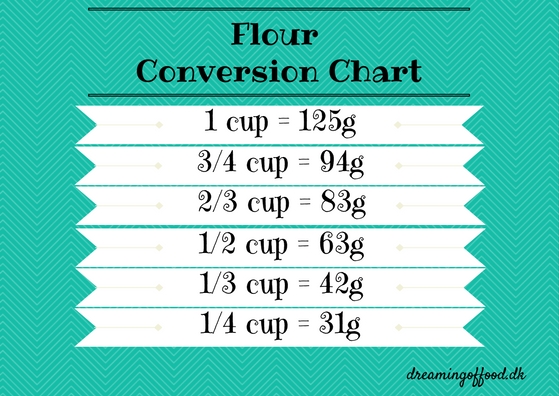

It is mostly used in the United States and the United Kingdom, as one of the many measurements of volume used.

After the adoption of the international inch in 1959, the US fluid ounce became equal to exactly 29.5735295625 mL.Ĭurrent use: As the name indicates, the fluid ounce is typically used as a measurement of liquid volume. The United States fluid ounce was initially based on the wine gallon used in England prior to 1824. The imperial gallon's definition was later changed to be equal to 4.54609 liters, making the imperial fluid ounce equal to exactly 28.4130625 mL. In 1824, the imperial gallon was defined as the volume of ten pounds of water at a temperature of 16.7☌. whipping cream 1 90 Citrus 1 serving 1 serving (4 oz.) 1 45 1 medium orange 1/2 grapefruit 4 oz. History/origin: The fluid ounce was originally based on the volume occupied by one ounce (weight) of a given liquid such as wine or water, thus varying based on the system being used. The imperial fluid ounce is 1/20 of an imperial pint, and 1/160 of an imperial gallon, which is equal to 28.4 mL. The US fluid ounce is 1/16 of a US fluid pint, and 1/128 of a US liquid gallon, which is equal to 29.57 mL. Fluid ounceĭefinition: A fluid ounce (symbol: fl oz) is a unit of volume in the imperial and United States customary systems of measurement.

It is also used to measure certain non-liquid volumes such as the size of car trunks, backpacks and climbing packs, computer cases, microwaves, refrigerators, and recycling bins, as well as for expressing fuel volumes and prices in most countries around the world. However, due to the mass-volume relationship of water being based on a number of factors that can be cumbersome to control (temperature, pressure, purity, isotopic uniformity), as well as the discovery that the prototype of the kilogram was slightly too large (making the liter equal to 1.000028 dm 3 rather than 1 dm 3), the definition of the liter was reverted to its previous, and current definition.Ĭurrent use: The liter is used to measure many liquid volumes as well as to label containers containing said liquids. History/origin: There was a point from 1901 to 1964 when a liter was defined as the volume of one kilogram of pure water under the conditions of maximum density at atmospheric pressure. One liter is equal to 1 cubic decimeter (dm 3), 1,000 cubic centimeters (cm 3), or 1/1,000 cubic meters (m 3). The weight in calories is equal to the weight in ounces multiplied by 218.75. Since one ounce of body fat is equal to 218.75 calories, you can use this simple formula to convert: calories ounces × 218.75. Ounce values are rounded to the two decimal points.Definition: A liter (symbol: L) is a unit of volume that is accepted for use with the International System of Units (SI) but is technically not an SI unit. To convert a measurement in ounces to a measurement in calories, multiply the weight by the following conversion ratio: 218.75 calories/ounce.Oz is an abbreviation of ounce (or ounces).Converting 1/2 cup to oz can vary slightly by room temperature, quality of the ingredient etc.Measuring dry ingredients (such as flour, butter, cocoa powder etc.) by weight (oz instead of cups) will provide much more accurate results in cooking.Convert 1/2 cup to oz Ingredient 1/2 cup to ounces (oz) Flour 2.2 ounces Sugar 3.53 ounces Butter 4.01 ounces Milk 4.32 ounces Water 4.23 ounces Cocoa powder 1.76 ounces Vegetable oil 3.89 ounces Powdered sugar 2.12 ounces Honey 6 ounces Note To Measuring 1/2 cup in ounces

See this conversion table below for precise 1/2 cup to oz conversion. You need to know what you are converting in order to get the exact oz value for 1/2 cup. Please note that cups and ounces are not interchangeable units. But even if there is no exact conversion rate converting 1/2 cup to oz, here you can find the conversions for the most searched for food items. Cups are a volume unit while ounces are a mass unit. Measuring 1/2 cup in ounces is not as straightforward as you might think. Do you want to know how much is 1/2 cup in ounces? How many ounces are in 1/2 cup? Convert 1/2 cup to ounces (1/2 cup to oz).


 0 kommentar(er)
0 kommentar(er)
